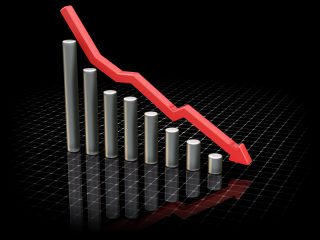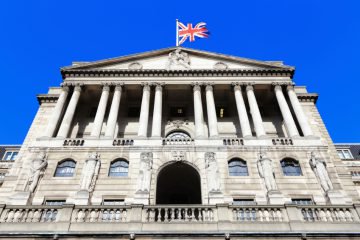Will Regional Property Markets Catch the Capital?
The latest UK Cities House Price Index from Hometrack predicted a narrowing of the price gap between regional property markets and the capital over the next year or two.
For landlords, the general consensus is clear: regional property markets are the places to be if you’re looking to profit from buy-to-let. But are we at risk of completing the same cycle that we saw just over a decade ago, or has the market learned from its mistakes?
Jonathan Stephens, the Managing Director of property investment firm Surrenden Invest, says: “While many factors mirror the housing market’s performance back in the early 2000s, there are some substantial differences that look set to bring about different outcomes from this state in the cycle. Tax changes are playing a key role in this, as are the rising quality and security standards of regional city developments.”
At present, according to Hometrack, house price growth stands at an average of 4.3% for the UK as a whole on an annual basis. For London, this figure drops to just 0.4% over the same period. Edinburgh has experienced the greatest increase in values, at an average of 7.1%, closely followed by Manchester, at 7.0%. Birmingham has also fared better than average, at 6.5%, as did Liverpool, at 5.9%.
The success stories of regional property markets stands in stark contrast to the price falls experienced in 20 of London’s 33 boroughs.
The same trend of regional property markets racing to catch up with London’s inflated prices was seen between 2002-05, when the capital recorded weak growth after a period of strong performance from 1996-2000. Regional property markets had lagged behind, but began reporting solid growth from 2001 onwards, thus narrowing the price gap.
Nevertheless, Surrenden Invest is quick to highlight that the current market has a number of significant differences to that of the early to mid-2000s. While the cycle appears similar, secondary cities may actually stand a more realistic chance of catching up to London’s prices than they did previously.
“People have been saying that London is too expensive since before Black Monday in 1987, yet, over the last 30 years, property prices there have grown enormously,” Stephens explains. “Still, there comes a point when a market becomes too expensive to bounce back quickly, even when there are chronic underlying supply issues, as is the case with London.”
He adds: “The city remains one of the world’s most significant and sophisticated property markets, but that doesn’t mean that it can’t suffer a sharp, swift price correction – or that it could quickly recover from such an occurrence.”
In past property market cycles, regional property markets have narrowed the price gap between their cities and London, only for the capital’s prices to race ahead once more. This time, though, the quality, security and corporate governance of nationwide developers are far stronger than they were even ten years ago. Previously a concern for risk-averse buyers, these strong credentials – and the attractive rental yields on offer – mean that regional cities stand a good chance of catching up to London’s prices outside of the standard cycles that we’ve seen over the last 20 years.
Another contributing factor is the new Stamp Duty regime. Many of the capital’s properties are located in prime and super prime locations, costing upwards of £1m. The sale of these properties has been significantly hampered by the higher tax rates, as well as the additional 3% charge on second and buy-to-let homes. With regional properties available for significantly less money, the tax burden is reduced sufficiently to make property purchases outside of London more attractive in the eyes of many investors.
Stephens concludes: “Are we likely to see the regions catch up relative to London in terms of their property prices? Probably not, as London remains a uniquely appealing market. However, what we are likely to see is a sustained and significant narrowing of the price gap, as regional cities hold fast in the wake of London’s price correction.”







